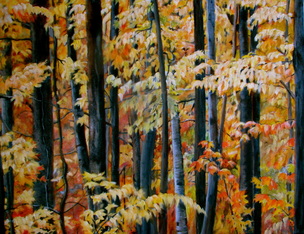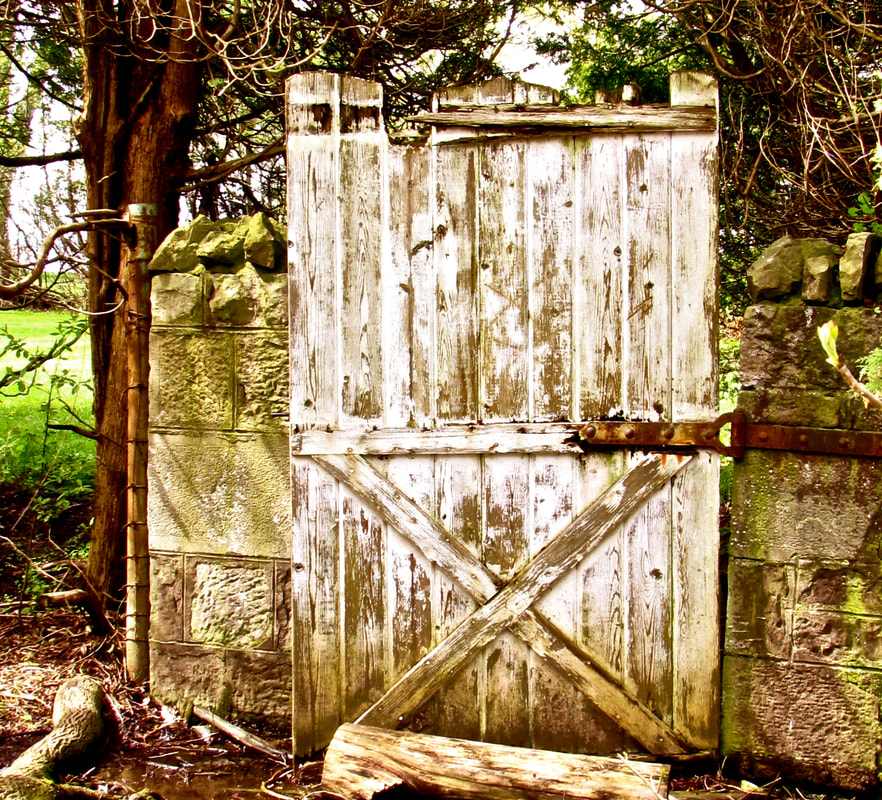I probably tried to draw one with crayons, but with no luck. The only blue jay I ever got to study closely was one we babysat for the wildlife sanctuary. This one was no beauty: he was the runt of the nest and didn't fly well enough to find food so some well-meaning soul must have brought him in. We called him "Peanut" because he squawked until we gave him one. Again and again and again. He may have been short but he was full-weight.
I did paint Peanut in watercolour but diligent searching has failed to produce the evidence; I'll post it if and when I come across it. It's notable only because of what I learned about blue jays. Only when you go to paint one does the subtlety of the colouration emerge. Close observation shows that the shoulders and back are largely grey - admittedly blue-grey, but grey. The blues strengthen as you move down the wings and the tail, adding white and black accents to complete the effect. A blue jay tail or wing feather is a treasure to be found and I have set a prized one in the moss garden terrarium in our living room.
Although they grow up to turn heads, even jays go through an ugly-duckling stage. Every summer we see what appear to be bald ones. They can fly perfectly well, but their skinny pink heads and necks emerge from the feathered bodies, making them look like punk vultures. We've stopped worrying about it, because by fall they are fashion-runway-ready again. Moulting? Any ideas, Reuven (my go-to birder excellente)?
Soon we will say a wistful goodbye to the blue jays as they head further south, as will the Toronto Blue Jays, who have in their own way consumed our attention and admiration. On the other hand, we have our lives back again and I might even have time to paint.




 RSS Feed
RSS Feed
